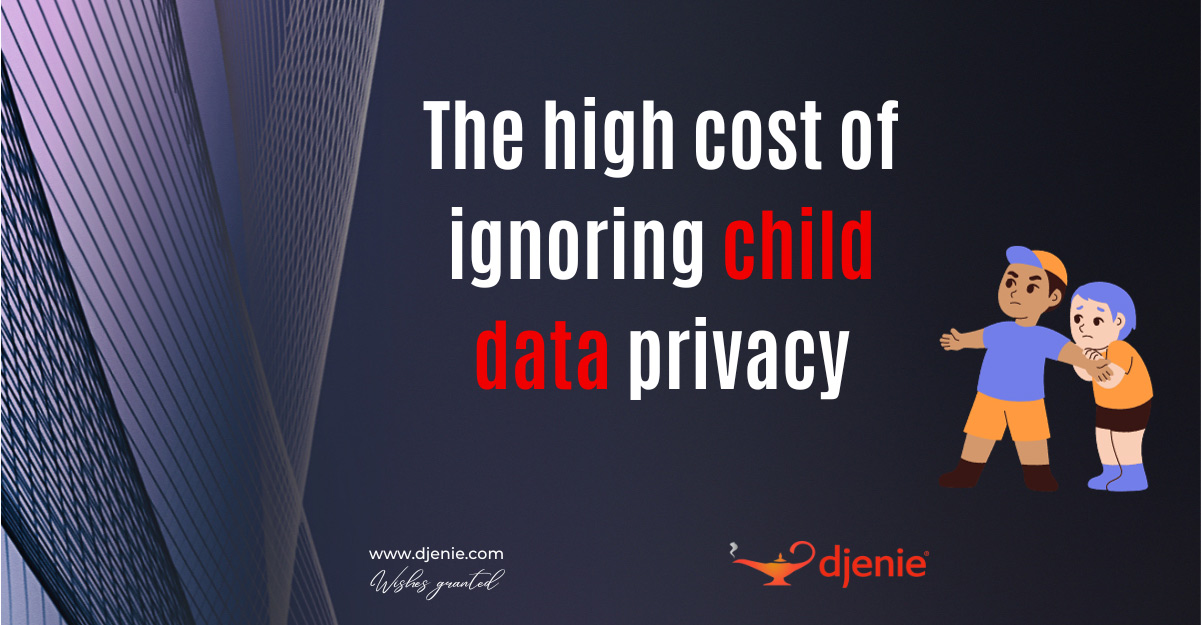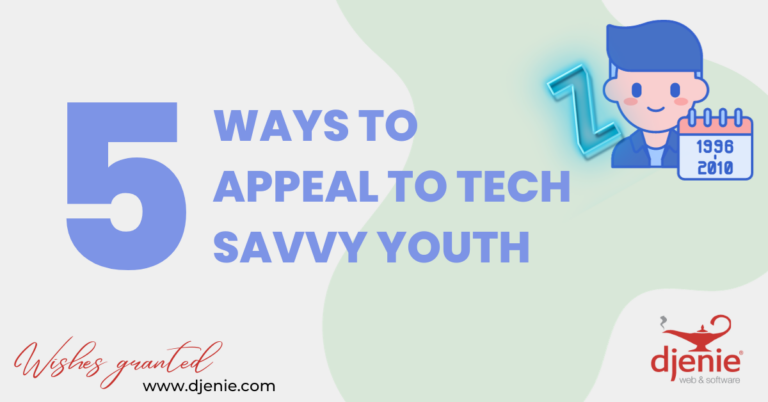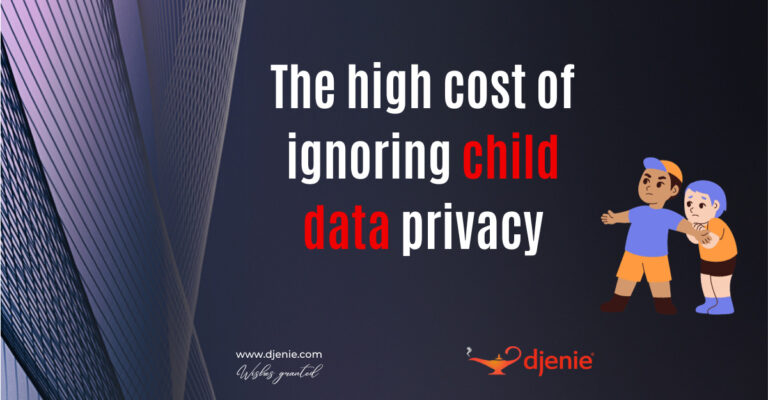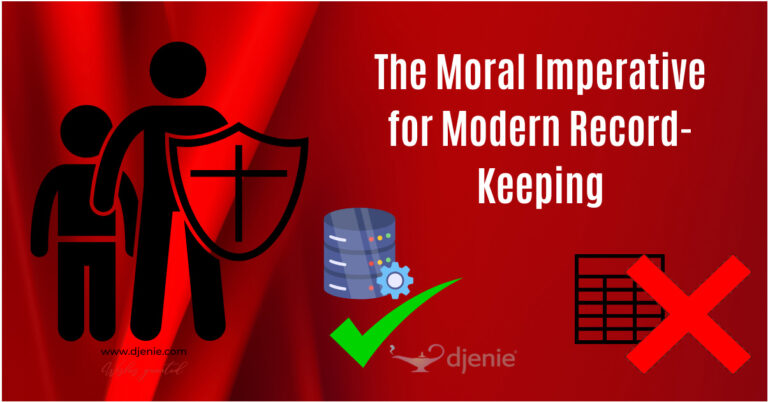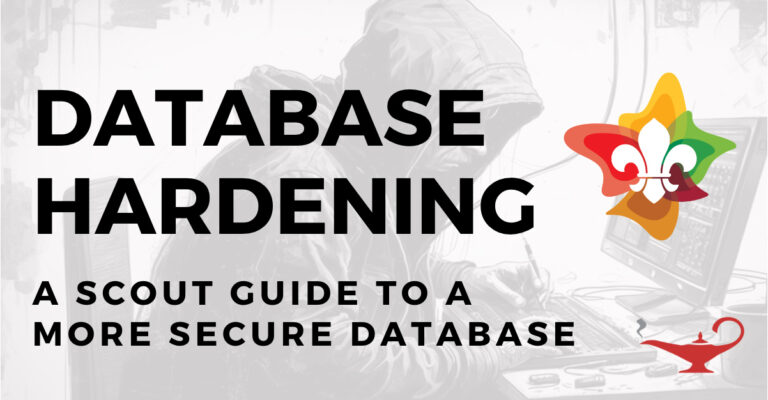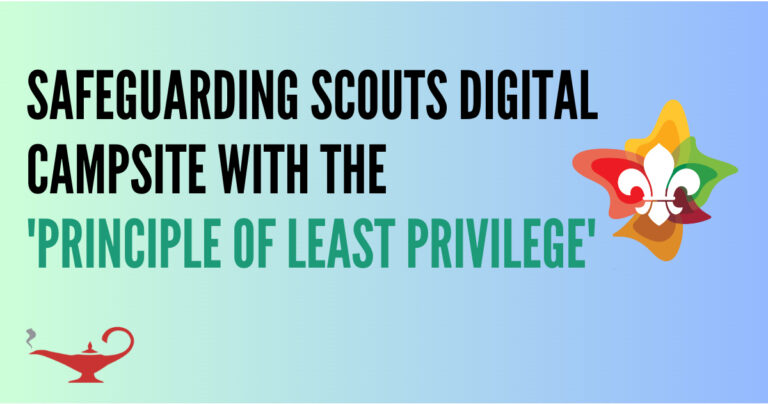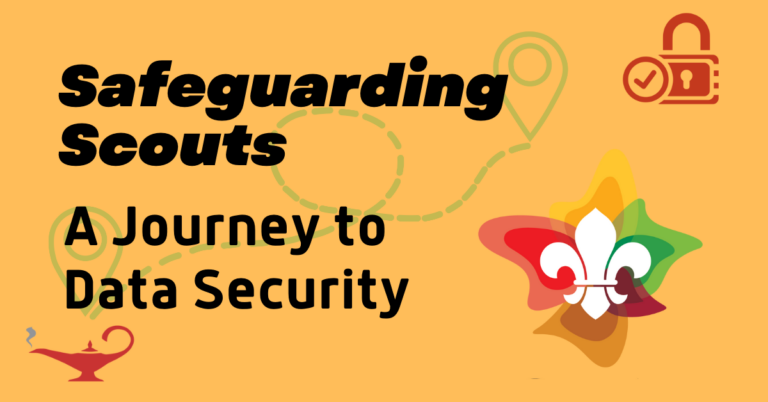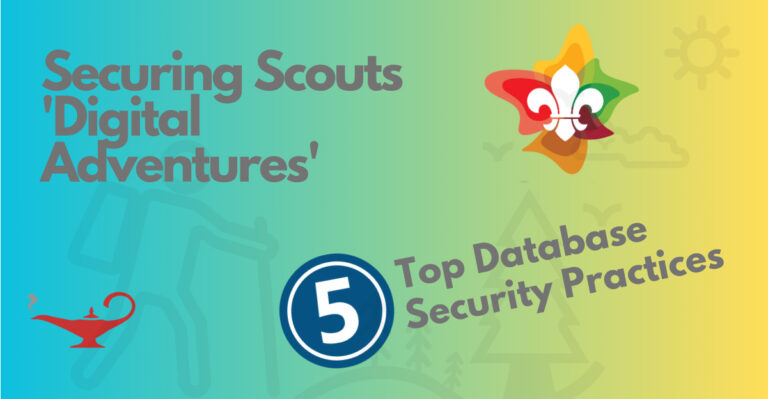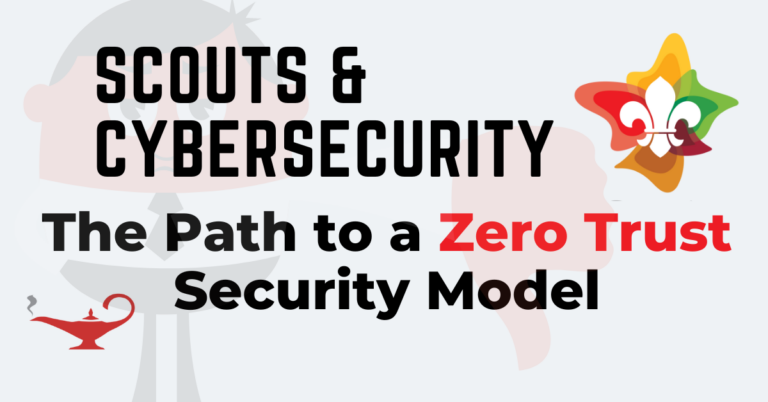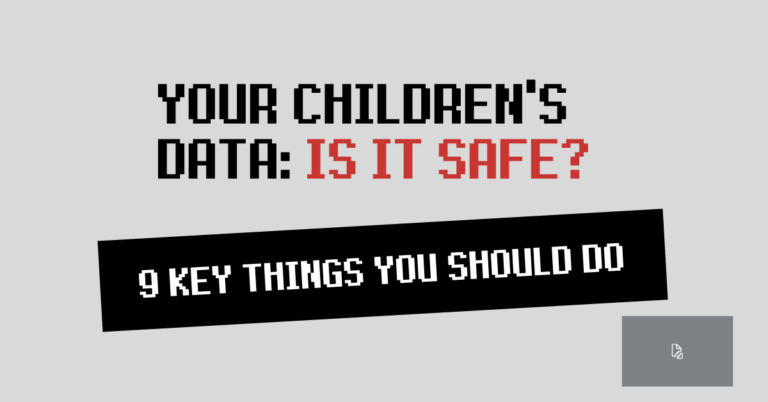A Cautionary Tale
THE HIGH COST OF IGNORING CHILDREN’S DATA PRIVACY
Children’s data privacy
Data breaches are a nightmare scenario for any organization, but for youth non-profits, the stakes are incredibly high. Not only is the organization’s reputation at risk, but so is the well-being of the young members it serves. This cautionary tale illustrates the financial and reputational disaster that befell a fictional youth non-profit in NSW, named “YouthCare NSW,” after a severe data breach. I have written this using a fictitious organisation (Youthcare NSW, Australia) to illustrate the costs associated with a breach and the need to be hyper aware of data dangers that lurk.
The Breach
YouthCare NSW was humming along, serving thousands of young people until one fateful day when a cyber-attack exposed the personal and payment information of 5,000 members. The consequences were immediate and severe.
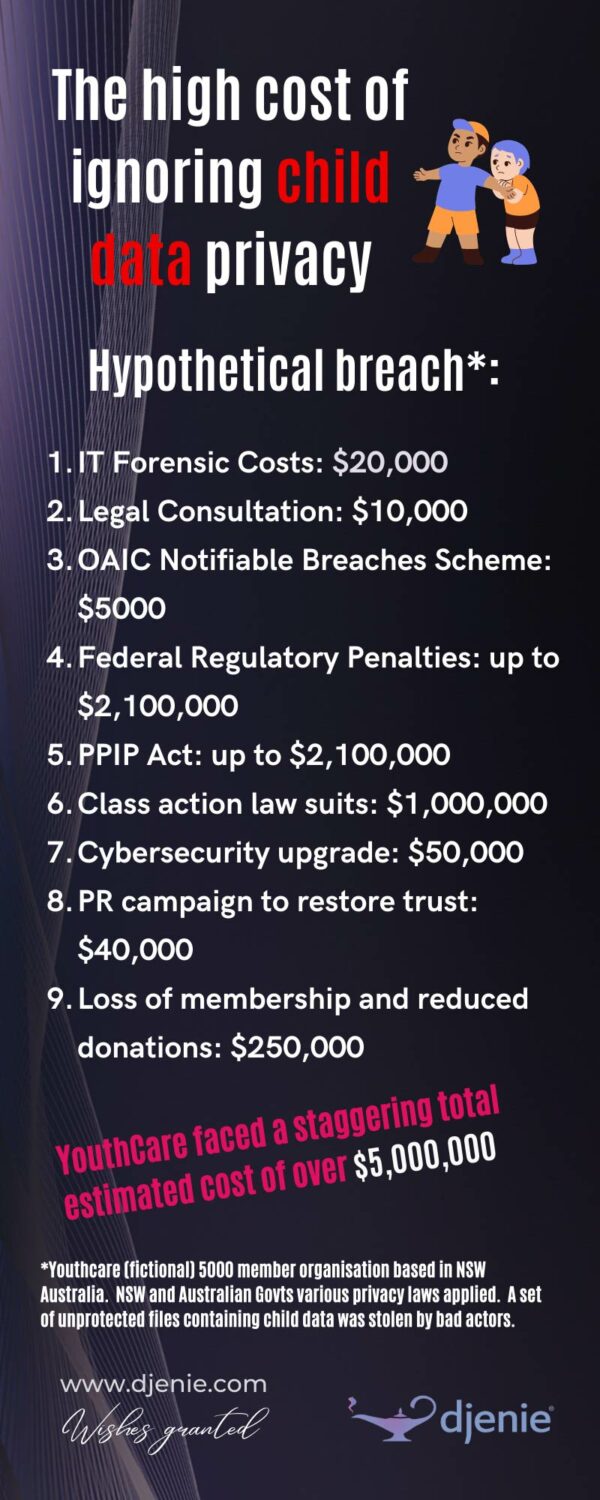
Download This Infographic In PDF Format!
• Immediate Costs
First up were the IT forensic costs, totalling around $20,000, to identify how the breach occurred and how to fix it. Then, legal fees for initial consultations and advice amounted to another $10,000.
• Notification Costs
YouthCare had to report the breach to the Office of the Australian Information Commissioner (OAIC) as per the Notifiable Data Breaches Scheme. This was followed by the daunting task of notifying all affected members, costing an additional $5,000.
• Regulatory Penalties
Here’s where it gets really tricky. Under the federal Privacy Act, YouthCare could face up to a whopping $2.1 million in fines. To make matters worse, they could be subjected to similar penalties under NSW’s Privacy and Personal Information Protection Act 1998 (PPIP Act), potentially another $2.1 million.
• Legal Damages
Angry and worried parents joined forces and filed a class-action lawsuit against YouthCare. The court awarded them $1 million in damages.
• Ongoing Costs
Following the breach, YouthCare had to upgrade its cybersecurity measures, which cost about $50,000. To regain public trust, a PR campaign was run, costing another $30,000.
• Hidden Costs
Operational disruption led to around $25,000 in lost staff productivity. Loss of membership and reduced donations led to a decline in revenue, costing an estimated $250,000.
• The Aftermath
When the dust settled, YouthCare faced a staggering total estimated cost of $5.595 million. This figure included regulatory fines, legal damages, and a wide range of immediate and long-term expenses. More importantly, the non-profit’s reputation was severely tarnished, and they struggled to regain their community’s trust.
Conclusion
This fictional tale serves as a dire warning for all youth non-profits. A data breach can be disastrous, both financially and reputationally. The path to recovery is long, expensive, and uncertain. With laws like the Privacy Act and PPIP Act, the legal landscape is a minefield that organizations must navigate carefully.
In this digital age, investing in robust cybersecurity measures and ensuring compliance with data protection laws is not optional; it’s a necessity. Don’t let your organization become another cautionary tale. Take steps now to protect the data and the future of the young lives you serve.
Remember, an ounce of prevention is worth a pound of cure. Protect your data, protect your members, and protect your mission.
REFERENCES
Reference: Australian Federal Law
- Privacy Act 1988: Visit the Office of the Australian Information Commissioner (OAIC) website for comprehensive details on the Privacy Act.
Reference: State and Territory Laws
- New South Wales
- Privacy and Personal Information Protection Act 1998 (PPIP Act): For more information, refer to the NSW Information and Privacy Commission website.
- Victoria
- Privacy and Data Protection Act 2014: Refer to the Office of the Victorian Information Commissioner for detailed guidance.
- Queensland
- Information Privacy Act 2009: Information can be found on the Queensland Government website.
- South Australia
- Privacy regulations are overseen by the Privacy Committee of South Australia, and information can be found on the South Australian Government website.
- Western Australia
- WA currently mainly follows Commonwealth laws. For more details, refer to the Office of the Information Commissioner, Western Australia.
- Tasmania
- Personal Information Protection Act 2004: Refer to the Ombudsman Tasmania website.
- Northern Territory
- Information Act 2002: Visit the Northern Territory Government website for further details.
- Australian Capital Territory
- Information Privacy Act 2014: Details can be found on the ACT Government Information Portal.
DISCOVER MORE POSTS ABOUT
Child Wellbeing
ENJOYED THIS POST?
Follow us on social media to stay up-to-date with our latest posts
JOIN THE CONVERSATION!
Let’s Make It Meaningful Together

